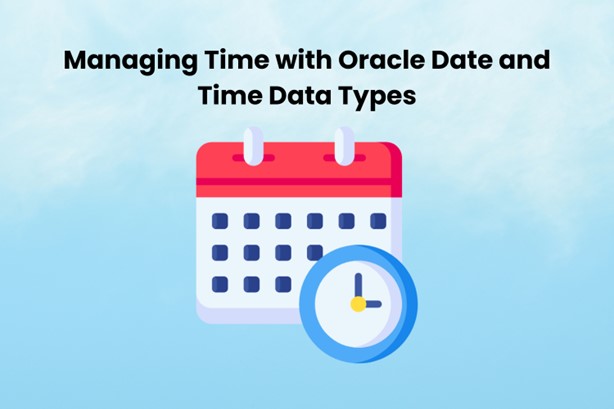As we experience digital transformation globally, libraries are also vying to stay updated with the latest digital technology. Libraries are constantly evolving to fit into a growing digital world. This is an excellent opportunity for libraries to ensure maximum efficiency and ease in overall management.
Library management systems, or LMS for short, are being increasingly integrated by libraries all over the world. These can be stand-alone applications for use by public libraries. Otherwise, these are available as part of existing campus management software for educational institutions. An LMS is necessary to ensure streamlined organization and smooth operations of all types of libraries.
In this blog, we will look closely at the key features that every modern library management system needs to have, and why.
Main Functions of Library Management System
These are some of the most crucial functions of a library management system –
- Objective
An ideal library management system should have a plan with clear-cut objectives. These goals should help users understand the extent of applicability according to their specific needs.
- Guiding
The LMS should allow users to choose reading resources according to their preferences. It should allow to assign different permissions that help evaluate the staff performance. All this contributes to boost organizational growth.
- Cataloging
Every library management software is mainly made to organize, segregate and distribute tasks according to specific departments. This digital management solution has to then blend them together seamlessly and present the collation on a centralized platform.
- Aligning
The LMS software should allow easy collaboration between different users by aligning departmental goals. This helps keep the staff motivated to work in coordination and achieve common organizational goals more easily.
- Managing
The digital library management software should also be able to streamline the workflow of the library. It should automate multiple functions and tasks. This is to eliminate the chances of errors, as seen when using manual library management methods.
Key Features of Library Management Systems
Now that we have understood the major functions of an LMS, let’s take a look at the key features that ideal library management systems should have.
You need to remember that not all libraries will have the same requirements. The need for features is based on individual library’s type, extent of book collection, number of staff, budget, and system compatibility.
Here is the list of key features of an ideal library management system –
- Comprehensive Cataloging
This feature mainains an electronic inventory of the library’s reading resources. These resources are categorized as per author name, genre, subject, title, version, edition, publishing, date, etc. Catalog management feature in an LMS is necessary to streamline the main functions of a library.
- Subscription Control
This LMS feature helps librarians to maintain a comprehensive database of all members of the library. It contains member details, such as name, user IDs, and passwords, among others. This is helpful to maintain membership security and control member access to certain reading resources.
- Internet Connectivity
Multifunctionality is another key feature of an ideal library management system. Today, most libraries are shifting to online services. An LMS should be programmed to be hosted in different ways. A library management software that runs over the Internet allows users easier access to scores of books. This is an excellent way to promote easy access to reading materials for users from anywhere, and at any time.
- Easy UI
The main function of librarians is to help members find the books or reading resource they are looking for. This process should be made as easy and efficient as possible. Hence, an ideal library management solution should have easy-to-use UI, with multiple filtering options. It should also have efficient navigation on its user dashboard to make it easier for everyone to use. This includes giving direct access to notifications, displays, and book reservations. With this, the LMS eases the burden of librarians to search for books manually.
- Circulation Control
This LMS feature monitors the distribution of books. It instantly shows the location of books, and can track its lending history with ease. It also helps to find lost or misplaced books quicker. This feature provides librarians with complete control over circulation.
- Purchase Management
Ideal library management solutions should also help librarians to search, find, and procure new books. It should also allow librarians to quickly add its details and location information to the central database. Besides, it should also make it easier to delete and remove irrelevant and outdated books from the library.
- Hi-Tech Lending
Modern LSM software also come with high-tech features, such as RFID sensors. These are radio-frequency based sensors that make it easier to read barcodes on books. These barcodes contain the relevant information of the book. This technology makes lending and returning books completely automated. The RFID sensors automatically scans and detects the book to determine the date of issuing, and updated the system accordingly.
Conclusion
An ideal library management system is designed to streamline administrative tasks for librarians. It also works to make it easier for members to use the library resources with high-tech features. Some of the key features of an ideal LMS include distribution control, member control, cataloging, etc. Before choosing a library management software, it is highly recommended to determine your library’s specific requirements in terms of efficiency and automation. Then, you can choose the library management platform that fulfills your requirements suitably.













